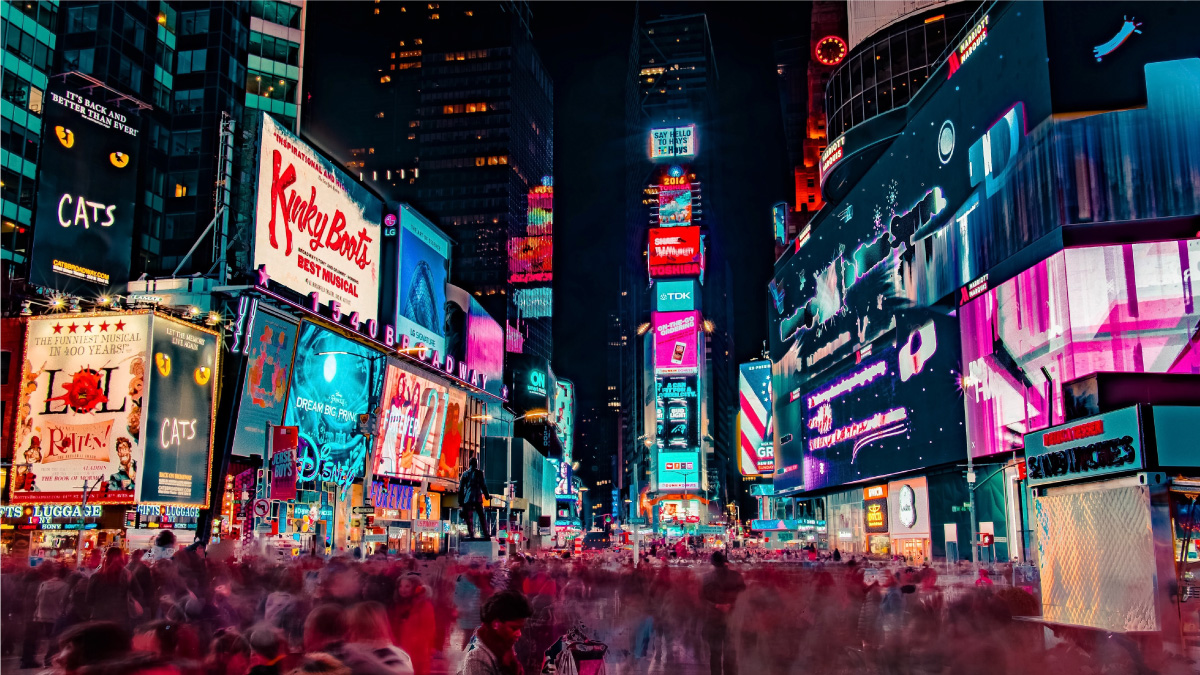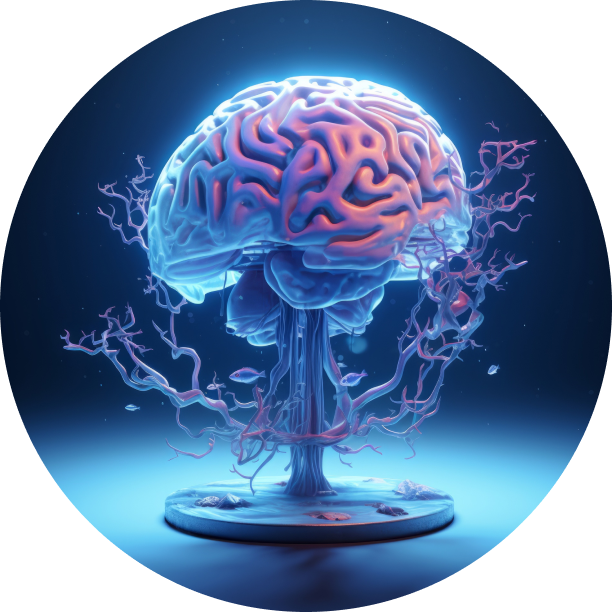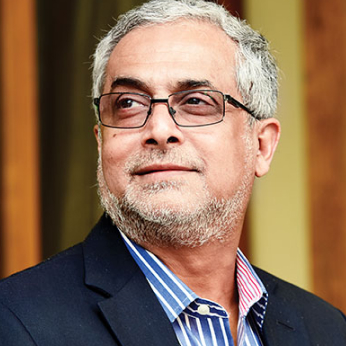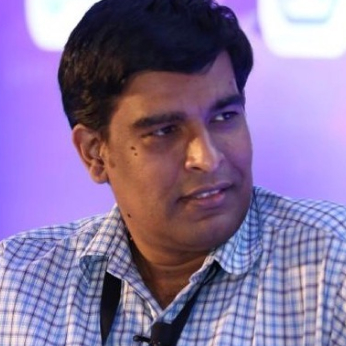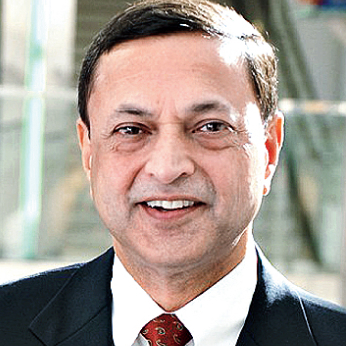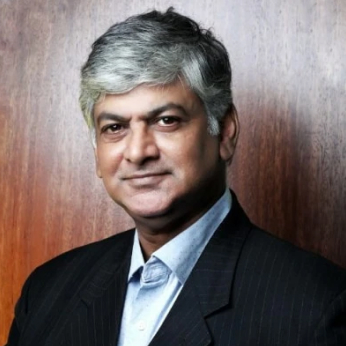If we could trace the origin of advertising, we’d need to go back to pre-modern times. Not the times before the internet but to Ancient Egypt where papyrus was used to make sales messages and wall posters. Advertising has since evolved over millennia, from the humble leaf messages to a smarter, sharper, multi-platform, consumer-driven industry that we know today.
Although advertising has existed for ages, it’s in the last five decades that it has transformed significantly. Gone are the days where there were only a handful of broadcasters delivering entertainment and advertisers had little to worry about when it came to reaching their audience.
In today’s landscape, viewers have virtually unlimited options for media consumption. This new audience with too many options to choose from and declining attention spans paired with new direct-to-consumer channels has shattered the traditional advertising model. How will businesses not just survive, but thrive in the face of this disruption? How will we prepare for the future of advertising?
The future of advertising is already here
Most of the trends that will dominate digital advertising in the next decade have already kicked off. The tough part is to predict which of these trends will have the greatest impact on the industry, like the trend of building a brand story.
Advertisers no longer want you to remember the technical specifications of their products; they want you to feel specific emotions when you think or interact with their product. This brings you closer to the brand. For example, when you think of a sweet, you are reminded of Cadbury Dairy Milk or that ‘Desh ka namak’ (The salt of the country) is Tata Salt.
Different storytelling methods often come hand in hand with another trend that we can observe: personalisation. Users respond better to content that seems to be tailored just for them. So, the time of shorter, personalised ads in campaigns with even bigger budgets is coming.
This is something that can be made possible by deploying technology (AI to be more specific) and not people alone. Personalisation can’t be achieved without measurability. This is an old problem in a new disguise.
What needs to change?
These trends will require or make use of changes in the legal framework, technological advancements and payment flow. Let’s go over each of these one by one.
1. The Legal Framework
When it comes to future thinking, everyone likes to talk about new gadgets and gizmos, cyberspace, AI and space ads. However, what has actually shaped the future of advertising is something less science-fictiony – it’s the General Data Protection Regulation (GDPR), passed by the EU.
Its introduction has changed a lot of things for advertisers, and not just European ones. The annoying cookie-consent pop-ups aside, it has made advertisers rethink how they approach the collected user data. Before GDPR, the idea was to feed marketing experts or AI with as much data as possible and wait for them to come up with the best strategy. After GDPR, this brute-force mechanism has found its limits and marketers are compelled to become smarter in the way they use tracked data.
2. Technological Advancements
When we speak of marketing channels, we think of separate campaigns but that’s not how real people use the Internet.
They have various devices. They start reading a web page on a laptop and finish it on a mobile device. They cast media on their TVs and ask their smart displays questions. The shopping list is written on a smart fridge and brought up on a smartwatch when they enter a store.
Joining various points becomes an even more pressing matter when you take into account all the new ways of how users will be able to interact with your brand.
- Imagine presenting your product in virtual or augmented reality.
- Imagine smart assistants proactively promoting your offers.
- Imagine your ads shown on TVs, fridges or microwave ovens’ displays.
In ten years, smart devices will simply become devices. Their online capabilities will be so obvious that no one will even bother to mention them.
The adoption of the 5G technology will allow presenting ads in a much higher quality. Think 8k or 360 videos, 3D models, 100 MP images and so on.
Taking advantage of this will require new creative approaches and a complete rethink of how a typical marketing campaign is structured. Omnichannel marketing will take over traditional ‘email’ or ‘social’ marketing campaigns.
3. Payment Flow
Blockchain technology can change a lot in the advertising industry. A universally trusted ledger of transactions can help fight ad fraud and eliminate the middlemen. The ability to record each step of a transaction inside one incorruptible database will make the industry more transparent.
Easy identity verification can help track users across the web. Different monetisation methods for advertisers may come from rewarding users that engage with ads through micro-transactions.
Blockchains have recently brought a new choice of allocating capital to the table. NFTs, or non-fungible tokens, are unique digital identifiers of either physical or digital products. You can buy and sell such things as single tweets or .jpeg files.
Digital commodities will not only be lifestyle items, such as ebooks or Netflix subscriptions, but also something to invest into. This new breed of products will require a new style of advertising.
In conclusion
Truth be told, all the AI-powered trackers and affiliate tracking software will require significant investments. The future of advertising most likely belongs to the biggest and/or the smartest, at least in the more developed markets.
Even though we can be sure of some aspects in the future, the ones who can learn and adapt to this fast-paced future of advertising shall survive. Communication is only going to get smarter, shorter and simpler. Over time, most long copy format advertising has transformed into shorter, eye-catching headlines across the majority of social media posts, and now with the expansion of technology, advertising will have to evolve too. In addition, advertisers will have to step beyond pitching their product and move over to curating an experience for the user.
